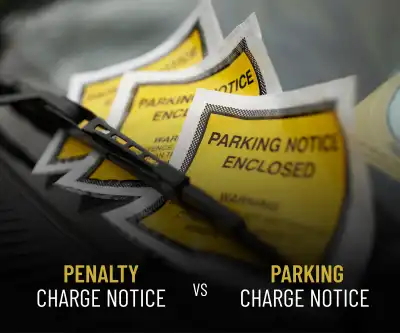
The Motability scheme, a long-standing initiative designed to help disabled individuals access personal transport, is under renewed scrutiny as questions mount over its rapid expansion, financial reserves, and its role in the UK car market. With the government reviewing Personal Independence Payment (PIP) funding, could this shake-up impact one of Britain’s most significant vehicle purchasing schemes?
Motability was originally established in 1977 as a means to provide vital transport solutions for those with profound disabilities. The scheme allows those who qualify for the mobility component of PIP or Disability Living Allowance (DLA) to exchange their benefit for a lease on a new vehicle, which includes insurance, servicing, and breakdown cover.
However, recent figures reveal that Motability has ballooned into a £7 billion operation, supplying one in five new cars in Britain. In 2023 alone, 815,000 people accessed the scheme, a staggering 170,000 increase in just one year. While many rely on Motability vehicles for essential mobility, critics argue that the eligibility criteria have broadened too far, allowing individuals with mental health conditions, obesity, and other non-physical disabilities to qualify, raising concerns about potential misuse.
A Scheme Under Fire
Recent investigations suggest that Motability’s financial model has allowed it to accumulate massive reserves. The company behind the scheme, Motability Operations, currently holds £4 billion in reserves, with an additional £1.7 billion held by the Motability Foundation. Some argue that these funds should be redirected to the Treasury rather than sitting in the accounts of a taxpayer-backed initiative.
Further fueling controversy, some Motability recipients have been found abusing the system, such as convicted fraudster Aaron Hooper, who was caught lifting heavy weights and pulling his car across a gym car park despite claiming he was unable to walk. Cases like this, while not representative of the majority, add weight to criticisms that Motability lacks rigorous oversight.
The Impact on the UK Car Market
With one in five new cars in Britain supplied through Motability, the scheme is undeniably a major force in the automotive industry. In an era where car sales have fluctuated due to economic uncertainty and supply chain challenges, Motability has provided a steady stream of demand, particularly for manufacturers producing mass-market models.
This raises a critical question: If government reforms lead to a tightening of PIP eligibility, what impact could this have on the wider car market? Should the scheme shrink significantly, manufacturers could see a sharp decline in sales, further straining an industry already grappling with shifting consumer demand and the transition to electric vehicles.
The Future of Motability Under Government Review
With the government poised to announce changes to the welfare system, including possible cuts to PIP, Motability may face a significant overhaul. While no official decisions have been made, key questions include:
- Will the eligibility criteria for Motability vehicles be tightened? If access to the scheme is restricted to those with severe physical disabilities, thousands could lose their entitlement.
- Will the government seek to reclaim some of Motability’s vast reserves? With a £4 billion surplus, pressure is mounting for some of this money to be reallocated.
- How will this impact the UK car market? A major reduction in Motability demand could leave manufacturers scrambling to fill the gap.
A Delicate Balancing Act
There is no doubt that Motability has transformed the lives of millions, enabling independence and social mobility. However, as financial scrutiny intensifies and the government re-evaluates welfare spending, the future of the scheme hangs in the balance.
While any reforms must protect the genuinely disabled, policymakers will need to tread carefully. The wrong moves could not only disrupt the lives of those who rely on the scheme but also send shockwaves through the UK’s already fragile car market.




